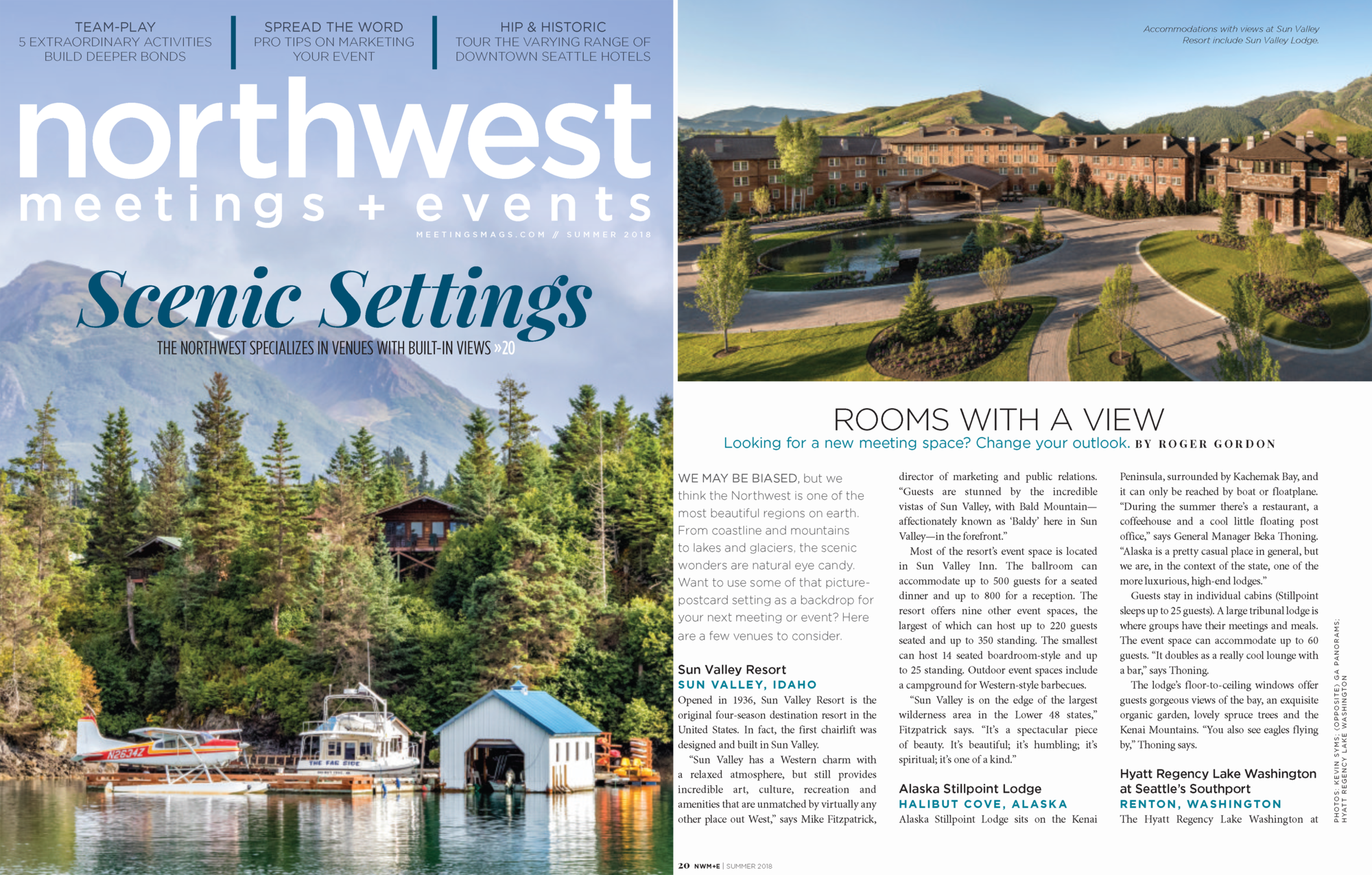Stillpoint News
& Alaska Blog Highlights
Tidepooling on Alaska’s Shores
Exploring Kachemak Bay’s rocky shores and tidepools is a singular experience when visiting Stillpoint Lodge. This part of the coastline is known as the intertidal, the zone of shore between high and low tides. And it is a world of extremes. As the tide comes and goes, the intertidal is sometimes drowned by the sea, sometimes parched. When exposed to the air, it can be baked by the sun or gripped by freezing temperatures. Sometimes it’s throttled by waves, other times slapped by the wind.
These extreme conditions make for assemblages of curious creatures that have figured out how to survive there. To protect themselves from predators, for example, some intertidal animals wear hard shells and glom tightly onto rocks. Others use camouflage, play dead, scatter manically, or slither into hidden crevices.
What Inhabits the Tidepools?
To explore the intertidal is to go on a marine safari, in miniature. We’re not talking about sea lions and whales here. We’re talking about palm-sized lined chitons—single shelled cousins to clams that are so outlandishly patterned, you’ll see colors you didn’t even know existed on their shells. Or the opalescent nudibranch--love child of a slug and burlesque dancer—that wears a glamorously frill of color on its back. You might see a decorator crab, an animal so crafty it grows a garden of seaweed on its shell to blend into its surroundings. Or calcareous tube worms: at one moment these creatures look like industrial piping on a minute scale, until their feeding tufts emerge as lipstick red blooms that gather plankton from the water.
To explore this world, all you need is a pair of rubber boots (provided) and a good low tide. Kachemak Bay is a 40-mile-long thumb off Cook Inlet, which sees some of the most extreme tidal exchanges in the world. We witness this every day. This means that our bay experiences two low tides and two high tides each day. On the days with the most extreme tides, this means that three stories of water flush in and out of the bay in a matter of hours.
A traditional saying among Indigenous peoples of the Pacific Northwest is “when the tide is out, the table is set.” The exposed seafloor makes for fun exploration as well as abundant eating. Ancient shell middens found across the Pacific coast confirm this.
Take Advantage of the Tides
Pick your timing carefully to take full advantage of the tidepools and rocky shores exposed during a low tide. Tread carefully, look keenly, and listen: to the sound of barnacles closing, crabs scuttering, and eel-like gobi fish flapping around in their newly dried world. You’re bound to see a riot of colors, an extravagant display of adaptations, and a dazzling diversity of creatures: some squishy, some hard; some anchored, some quick; some with skeletons and some with no bones at all. To step through the intertidal is to enter another world, to explore an extreme environment populated by some of the most strange and colorful creatures on Earth. And to step into the intertidal is, for the moments before the tide rushes back in, to feel a part of it.
Book a stay at Stillpoint Lodge to experience the beauty of Alaska yourself!
by: Miranda Weiss
Author of Tide, Feather, Snow: A Life in Alaska
www.mirandaweiss.com












